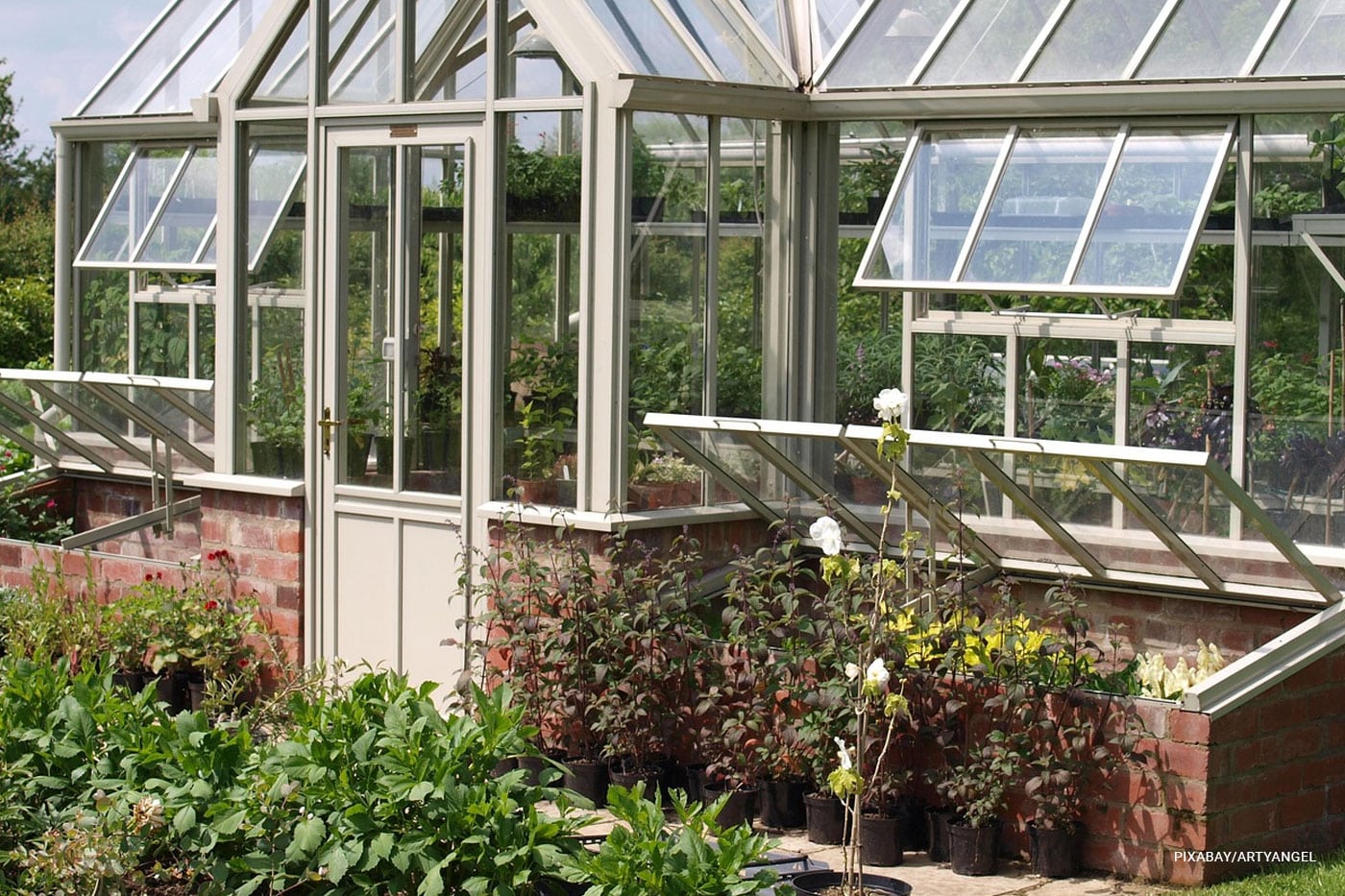One of the greatest joys of gardening is harvesting fresh produce long after the traditional growing season has ended. With a little planning and some simple tools like cold frames or row covers, you can transform your raised beds into mini-greenhouses that extend your harvest deep into fall, winter, or get a jumpstart in early spring.
If you’re looking to maximize your raised bed garden’s productivity year-round, learning how to use cold frames and row covers is a game-changer. In this guide, we’ll explore how these tools work, how to set them up, and tips for success.
Contents []
Why Extend the Growing Season?

Before we dive into cold frames and row covers, it’s important to understand why season extension matters:
- More Food: Harvest fresh greens, root vegetables, and herbs for longer periods.
- Better Use of Space: Maximize your raised beds’ investment with multiple crops per year.
- Earlier Harvests: Start planting earlier in the spring when the soil is still warming.
- Protection: Shield plants from early frost, heavy rains, and even some pests.
Raised beds already offer advantages like improved drainage, soil warming, and easier management. When combined with season-extending structures, they become powerful, almost four-season growing platforms.
What Are Cold Frames?

A cold frame is a low, enclosed structure with a transparent top—usually made from glass, clear plastic, or plexiglass—that captures sunlight and traps heat. Think of it as a miniature greenhouse.
How Cold Frames Work
- Sunlight enters through the transparent lid and warms the soil and air inside.
- Heat Retention: The enclosed space holds warmth during cooler nights, protecting plants from frost.
- Microclimate: Cold frames create a slightly warmer, more stable environment than the surrounding air, perfect for hardy greens and seedlings.
What Are Row Covers?

Row covers are lightweight fabrics or plastic sheeting laid directly over plants or supported by hoops over raised beds. There are two main types:
- Floating Row Covers: Made from spunbonded fabric, they lie loosely on top of crops or are draped over hoops.
- Plastic Row Covers: Clear or perforated plastic used with hoops for a greenhouse effect.
How Row Covers Work
- Frost Protection: Fabric covers can raise temperatures around plants by 2–8°F.
- Pest Control: Covers act as a barrier against insects like cabbage worms and aphids.
- Moisture Retention: Helps retain soil moisture and reduces watering needs.
Setting Up a Cold Frame on Raised Beds
You can either buy a ready-made cold frame or build your own easily with some DIY skills.
DIY Cold Frame Basics:
- Materials: Old windows, clear acrylic sheets, wood for the frame, hinges.
- Position: Face south or southeast to maximize sunlight exposure.
- Angle: The lid should be sloped to capture the most sun and allow rain runoff.
- Ventilation: Prop the lid open slightly on warm days to prevent overheating.
Pro Tip: A simple way to start is by creating a removable frame that sits directly on top of your raised bed, using old windows as lids.
Setting Up Row Covers on Raised Beds

What You’ll Need:
- Fabric or Plastic Sheeting: Available at garden centers or online gardening suppliers.
- Hoops: Made from PVC pipe, flexible wire, or metal rods.
- Clips or Weights: To secure the fabric so it doesn’t blow away.
Step-by-Step:
- Insert hoops at regular intervals along your raised bed.
- Drape the cover material over the hoops.
- Secure with clips, bricks, sandbags, or soil along the edges.
Pro Tip: Choose lightweight, breathable fabric for spring and summer pest protection, and heavier-grade fabric or plastic for fall and winter frost protection.
What to Grow Under Cold Frames and Row Covers
Certain crops thrive under these protected environments:
Cold Frames (Fall-Winter):
- Lettuce
- Spinach
- Kale
- Arugula
- Carrots
- Radishes
- Beets
- Green onions
Row Covers (Spring-Fall):
- Broccoli
- Cauliflower
- Cabbage
- Peas
- Beans
- Swiss chard
Tips for Success
- Monitor Temperatures: Even in winter, sunny days can overheat a cold frame. Use a thermometer inside to keep track.
- Ventilate Regularly: On sunny days above 45°F (7°C), prop open the cold frame to avoid cooking your plants.
- Water Wisely: Covered beds dry out more slowly but still need occasional watering.
- Double Up in Harsh Climates: In very cold regions, combine cold frames with row covers inside for double insulation.
- Use Shade Cloth When Needed: In early spring, strong sunlight can scorch tender seedlings. Shade cloth helps moderate temperatures.
Cold Frames vs. Row Covers: Which Should You Choose?
| Feature | Cold Frames | Row Covers |
|---|---|---|
| Best For | Winter growing, seedling protection | Spring/fall frost protection, pest control |
| Installation | More permanent or semi-permanent | Easy to set up, flexible |
| Cost | Higher (especially DIY or pre-built) | Lower |
| Mobility | Less mobile | Very mobile |
| Sunlight Access | High, depending on material | Slightly diffused (fabric covers) |
If you’re serious about extending your season into the coldest months, cold frames are your best bet. If you need quick, flexible protection from pests or mild frosts, row covers are perfect.
Extend Your Growing Season with Cold Frames and Row Covers on Raised Beds
Whether you choose cold frames, row covers, or both, adding protection to your raised beds can revolutionize the way you garden. You’ll enjoy a longer harvest, better-quality produce, and the incredible satisfaction of gardening beyond the standard seasons.
Start small if you’re new—maybe a single raised bed with a lightweight row cover. Then, experiment with cold frames to dive into winter gardening. With these simple tools, you can transform your garden into a nearly year-round oasis of fresh, homegrown food.



